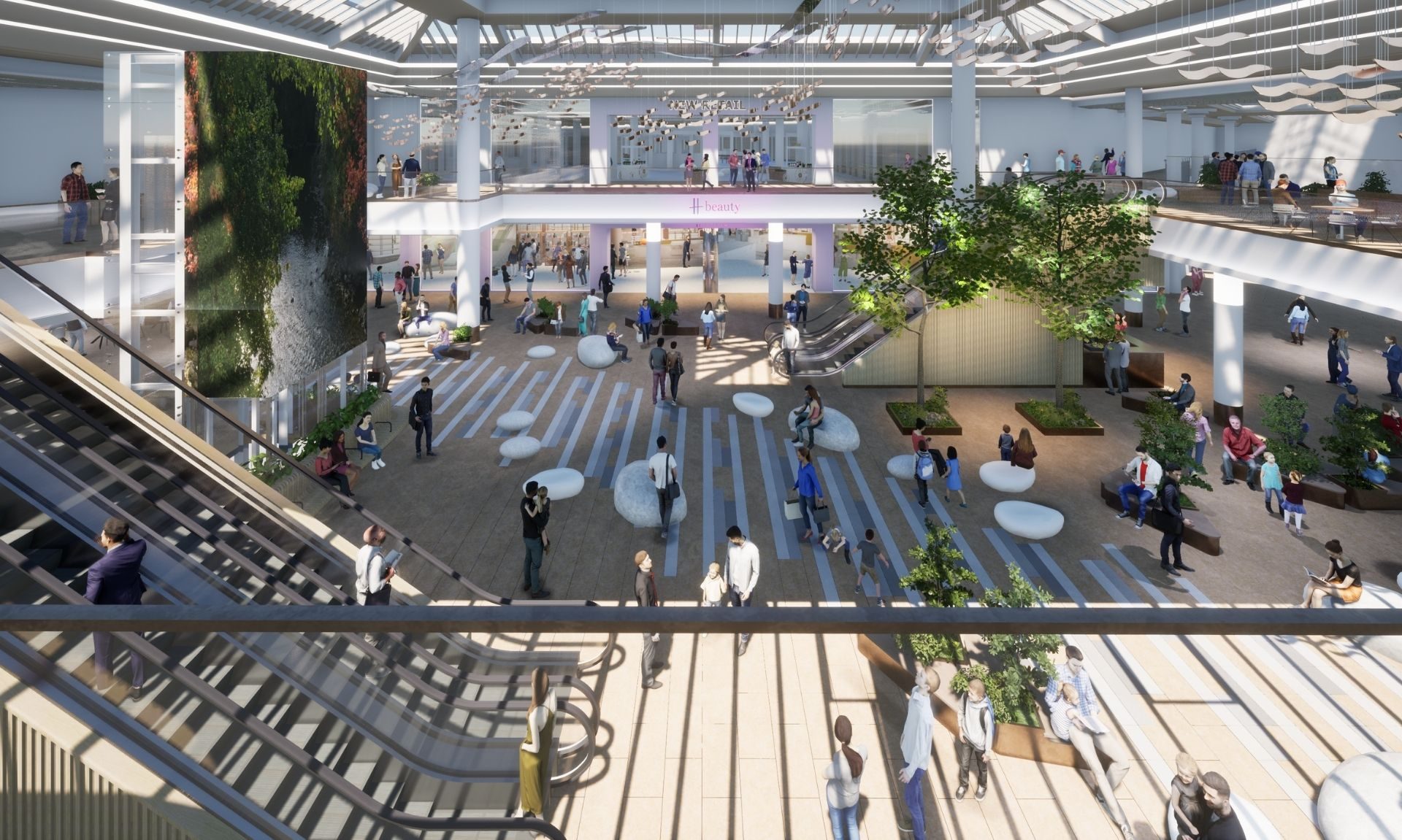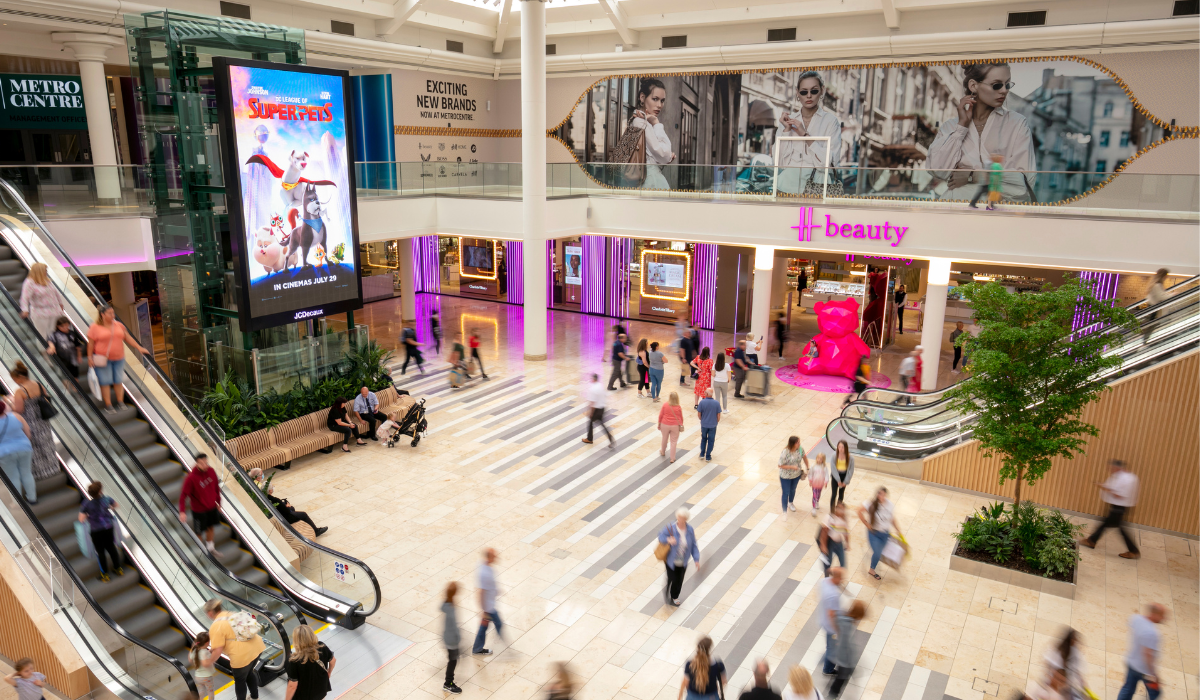Emerging Trends in Retail | Sovereign Centros
28th April 2022
However, we think this somewhat adversarial approach to the future of retail is itself rather old fashioned. Instead, we believe in a hybrid model which combines the best features of online shopping with the tangible experience of physical shopping centres.
Says Sovereign Centros Director Graeme Jones: “The most successful brands in retail today are the ones with an omni-channel offering – this means they have an excellent online as well as traditional presence in the marketplace. Companies such as Apple, Next and LEGO have what is known as a ‘blended approach’ to retail and appreciate there are many different ways to reach out to today’s shoppers.
Graeme believes there are principally two key types of shoppers – shopaholics who will continue to visit stores on a regular basis because that is what they enjoy, and casual shoppers where the frequency of visits to retail centres is determined by the experience. Therefore, it is this second group that both retailers and landlords need be most mindful of but must ensure both groups are getting what they want out of a centre.
He says: “We know that post Lockdown, footfall at major shopping centres was down by circa 20-25%. The only way then to reverse this decline is by offering a quality of experience to tempt these casual shoppers back.”
One way to do this is by fusing together online and traditional retailing, though this does require both a change in mindset as well as a change in the physical layout of stores and shopping centres. In Metrocentre we have retailer called Sook which actually offers a physical space on a short term basis for online brands. Today’s customers want more open, diverse and welcoming spaces. As a result, retailers are having to offer a much more experiential shop-fit. A great example of this is H Beauty which is working successfully inside Metrocentre in Gateshead.
Adds Senior Asset Manager Jack Gordon: “Today’s modern retail environments need to be destination points with a range of different offerings including leisure, work spaces, galleries as well as great F&B. Essentially it is about tempting people out of their houses.”
Moving this trend forward, it is clear that today’s modern shopping centres need to take on the role of traditional town centres. Indeed, they are well placed to do this, particularly when it comes to their positioning within urban centres and their access to transport links. Plus, it is far easier for local authorities to be working with key landlords or asset managers such as Sovereign Centos rather than many disparate entities.
Jack explains: “Big regional centres such as Merryhill and Metrocentre have iconic statuses. They have in effect become the new city centres. As asset managers, we are not only custodians of these important brands but also the populations they serve. That is why we work very closely with local authorities and other key stakeholders to deliver a coherent long term sustainable strategy for the shopping centres we manage – something we have done very successfully in Telford and Perry Barr, Birmingham.”
Speaking of the long term and sustainability, the final trend emerging is around recycling the built environment rather than continually building new shopping centres and ensuring the centres we have can move towards some form of Net Zero position.
Says Graeme Jones: “Today’s investors are well aware of the environmental and commercial benefits of ESG, and appreciate that shopping centres need proper investment. They are looking to us as asset managers to provide a medium to long term strategy which we can deliver on.
“Within day-to-day management of centres, this means ensuring that there is greater independent source of power for these assets which is being met in a variety of ways. The installation of solar panels and turbines, use of low energy lighting and grey water recycling are just some of the initiatives being implemented to meet these targets. With any of the new developments we are involved with, ESG is now an important part of the masterplanning exercise we carry out.”
These emerging trends are all related and in many ways signify how retail asset management has changed, while at the same time showing that many of the old rules still hold true – having a clear, coherent plan for each asset, monitoring the figures closely to ensure maximum return and executing the strategy efficiently and professionally.

